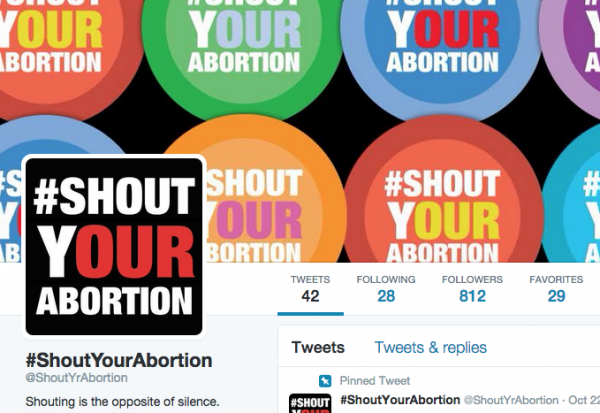
A study published earlier this month in the Journal of the American Medical Association (JAMA) reports that over half of adults in the United States use prescription drugs, and as many as 15% of adults report using more than five prescription drugs each month. Recent coverage of these findings at NPR explores how increases in obesity and obesity-related illnesses may contribute to the increase in prescription drug use. Several sociological studies provide other potential explanations, including the increasing influence that pharmaceutical companies have over the doctor-patient relationship.
Though physicians are the ultimate gatekeepers for prescription drugs, the pharmaceutical industry drastically shapes prescription drug use. Through internal research studies and trials, pharmaceutical companies produce new knowledge about illnesses and treatment options. Pharmaceutical companies can even play an increasing role in medicalization—the process of constructing issues as specifically medical problems. By promoting the idea that something is a medical problem, pharmaceutical companies then offer a solution. Pharmaceutical salespeople aggressively promote their wares to clinicians, even promoting the off-label use of drugs to increase distribution.
- Peter Conrad. 2005. “The Shifting Engines of Medicalization.” Journal of Health and Social Behavior 40:5-14.
- Jeremy A. Greene. 2007. Prescribing by Numbers: Drugs and the Definition of Disease. Baltimore: MD: Johns Hopkins University Press.
- Michael J. Oldani. 2004. “Thick Prescriptions: Toward an Interpretation of Pharmaceutical Sales Practices.” Medical Anthropology Quarterly 18(3): 325-56.
Direct-to-consumer advertising may also lead to increase prescription drug use. Patients who see such ads may be more likely to self-diagnose and directly request drugs, and patients who request medication (whether a specific drug or just drug treatment in general) are more likely to be prescribed medication. Despite the potential for over-prescribing, direct-to-consumer advertising also encourages positive interactions between patients and physicians by providing patients with more information about current and undiagnosed conditions.
- Peter Conrad and Valerie Leiter. 2008. “From Lydia Pinkham to Queen Levitra: Direct-to-Consumer Advertising and Medicalisation.” Sociology of Health and Illness 30: 1245-46.
- Stefan Timmermans and Hyeyoung Oh. 2010. “The Continued Social Transformation of the Medical profession.” Journal of Health and Social Behavior 51(S): S94-S106.





